As the House impeachment managers made their case that former President Donald Trump made blatantly false statements about a stolen election for the purpose of inciting violence, Time magazine published a startling article titled “The Secret History of the Shadow Campaign That Saved the 2020 Election.”
Time’s national political correspondent Molly Ball’s report documents “a well-funded cabal of powerful people, ranging across industries and ideologies, working together behind the scenes to influence perceptions, change rules and laws, steer media coverage and control the flow of information.”
“In a way, Trump was right,” Ball admits.
The article has a weird funhouse-mirror quality for anyone who read the Navarro Report by former Trump administration trade official and economic adviser Peter Navarro. “From the findings of this report, it is possible to infer what may well have been a coordinated strategy to effectively stack the election deck against the Trump-Pence ticket,” Navarro wrote.
And there was a coordinated strategy. Time reports that starting in April, Mike Podhorzer, senior adviser to the president of the AFL-CIO, the nation’s largest union federation, held weekly 2-1/2 hour Zoom meetings with groups “across the progressive universe” on “everything from which ads were working to messaging to legal strategy.”
Ball reports that these “powerful people,” who were supporters of the Joe Biden campaign and/or opponents of Donald Trump, “were not rigging the election, they were fortifying it.”
What the Navarro Report alleges was a strategy to “flood the six key battleground states” with ballots, Time explains as the effort of a “well-funded cabal” motivated by concern after the primaries that “political disagreements, intensified by Trump’s crusade against mail voting, prevented some states from making it easier to vote absentee and for jurisdictions to count those votes in a timely manner.”
Let me translate: “Political disagreements” means the advocates of “easier” mail-in voting couldn’t get their proposals through the state legislatures. Under the U.S. Constitution, the “time, place and manner” of federal elections must be directed by the state legislatures.
The Podhorzer coalition’s legal strategy included lawsuits seeking to knock down enforcement of signature verification standards, ballot return deadlines, and chain-of-custody rules that prevented the use of ballot drop-boxes.
That led to court rulings and agreements by election officials that effectively changed the law without the legislature’s involvement.
The funding of the coordinated effort is described by Time as “private philanthropy stepped into the breach,” with “an assortment of foundations” contributing tens of millions of dollars, and the Chan-Zuckerberg Initiative giving $300 million. Navarro, on the other hand, sees these donors as “key political operatives assisting the Democrat Party.”
Navarro writes that the Chan-Zuckerberg money helped to “engineer what was effectively a hostile Democrat Party ‘public-private partnership’ takeover of what should otherwise be a nonpartisan election process in key Democrat strongholds such as Wayne County, Michigan and Dane County, Wisconsin.”
But Time quotes Amber McReynolds, a former Denver election official who heads the nonpartisan National Vote at Home Institute, who blamed Congress for not providing adequate funding in the pandemic relief bill for safe elections.
“It was a failure at the federal level that 2,500 local election officials were forced to apply for philanthropic grants to fill their needs,” she said.
What is true and what is distorted? The House impeachment managers presented a case against Donald Trump that cited not just his speech on Jan. 6, but all his comments contesting the election results.
Did Trump have a factual basis for his statements at the time he made them?
Trump contended he won in a “landslide” if only “legal” ballots were counted. An “illegal” ballot may have been cast by a legitimate voter, but counted under rules which were changed illegally under the Constitution.
Trump wanted the state legislatures to reconsider the certification of their electors, and he wanted U.S. senators to vote to send the issue back to them.
With the riot or without, it wasn’t going to happen, and that’s the end of it.
For future elections, it’s still important to get clarity on whether non-legislators may change election laws and procedures.
At its Feb. 19 conference, the Supreme Court will consider whether to accept the case of Republican Party of Pennsylvania v. Boockvar, which is about this very issue.
Susan Shelley is an editorial writer and columnist for the Southern California News Group. [email protected]. Twitter: @Susan_Shelley
___
(c)2021 The Orange County Register (Santa Ana, Calif.)
Visit The Orange County Register (Santa Ana, Calif.) at www.ocregister.com
Distributed by Tribune Content Agency, LLC.
—-
This content is published through a licensing agreement with Acquire Media using its NewsEdge technology.



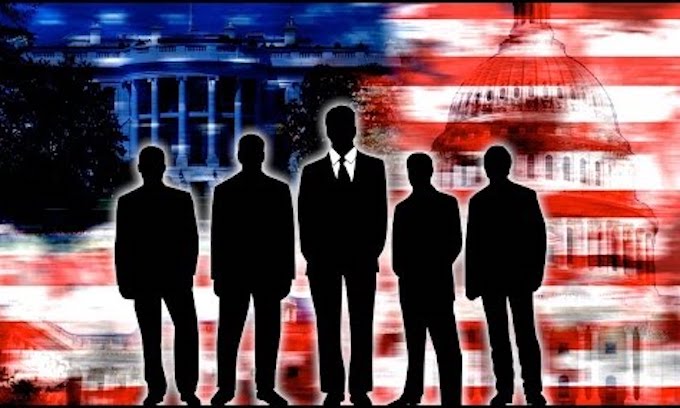
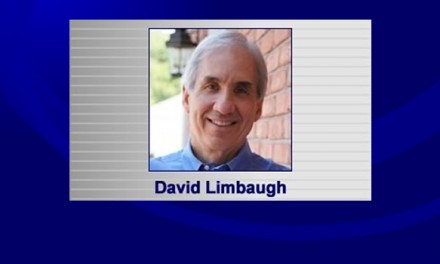
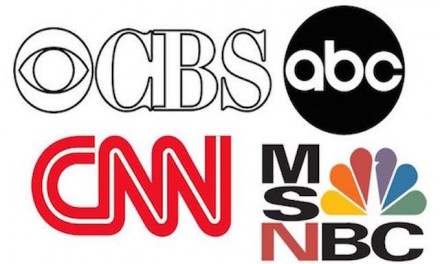
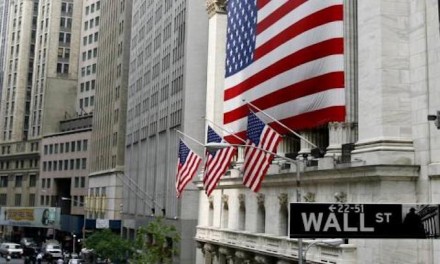







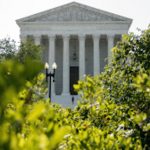

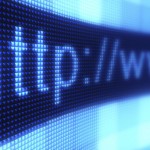
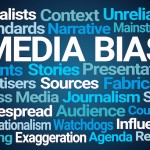

The fraud on the American people. Our election was like an election in communist China, Russia or Venezuela and the sheep are asleep or do not care, if there is fraud, as these people who do not care, are nothing but criminals themselves. The suppression of our votes, for those of us who are honest.
“We were not defrauding the election, we were fortifying it”..
TALK about mental gymnastics…